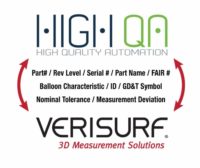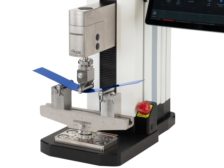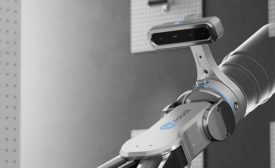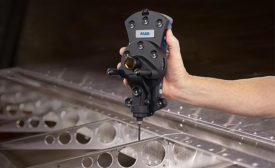Test & Inspection
NDT | Training
Remote Visual Inspection has Provided Key Inspection Data While Maintaining Safety for its Operators.
Read More
NDT | Back 2 Basics
The Basics of Digital X-Ray Inspection
Conventional Radiography Will Continue to Have a Pace in NDT, but Digital Radiography is the Future
June 7, 2021
TEST & INSPECTION
Changing Face of Additive Manufacturing Inspection
As Manufacturers Embrace Increasingly Complex Materials and Processes, Their Inspection Methods Evolve with Them.
June 1, 2021
Test & Inspection
Navigating Supply Chain Challenges with Force Testing
Recent advancements in force measurement equipment allow quality professionals to better handle unpredictable testing demands.
May 5, 2021
2.5D Vision Hits Sweet Spot for Collaborative Applications
Automation can be deployed without having to redesign large parts of your facility.
April 8, 2021
VISION GUIDED ROBOTICS
Best Practices for Implementing Vision Guided Robotics
An important first step in any application is a thorough project evaluation prior to system design and implementation.
April 8, 2021
Six Ways Six Degrees of Freedom Probe Technology And Laser Trackers Can Enhance Your Business
In general 6DoF probes meet the dynamic measurement, speed, and accuracy requirements of the most challenging industrial applications.
April 7, 2021
Quality Headline
KULR Partners With Andretti Technologies to Bring Mars Rover Technology to EV Motorsports
March 24, 2021
Stay in the know with Quality’s comprehensive coverage of
the manufacturing and metrology industries.
eNewsletter | Website | eMagazine
JOIN TODAY!Copyright ©2024. All Rights Reserved BNP Media.
Design, CMS, Hosting & Web Development :: ePublishing









